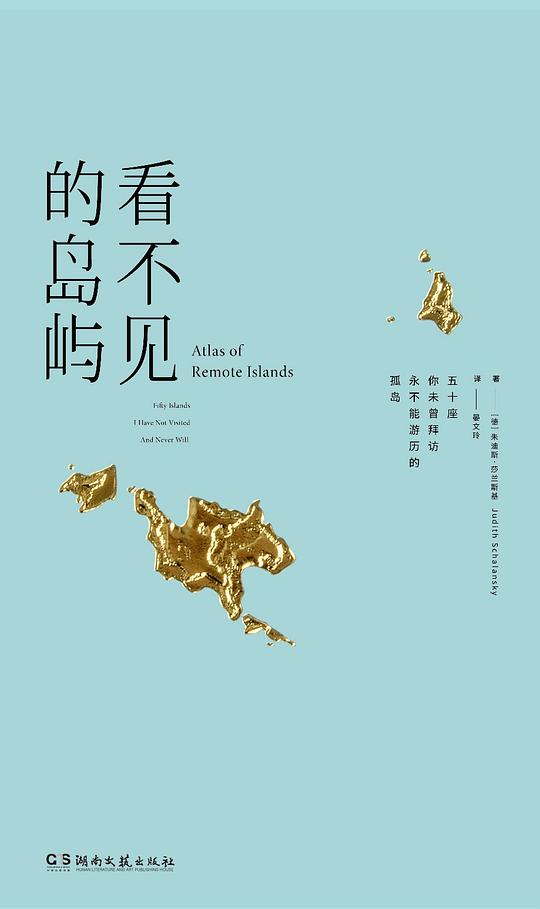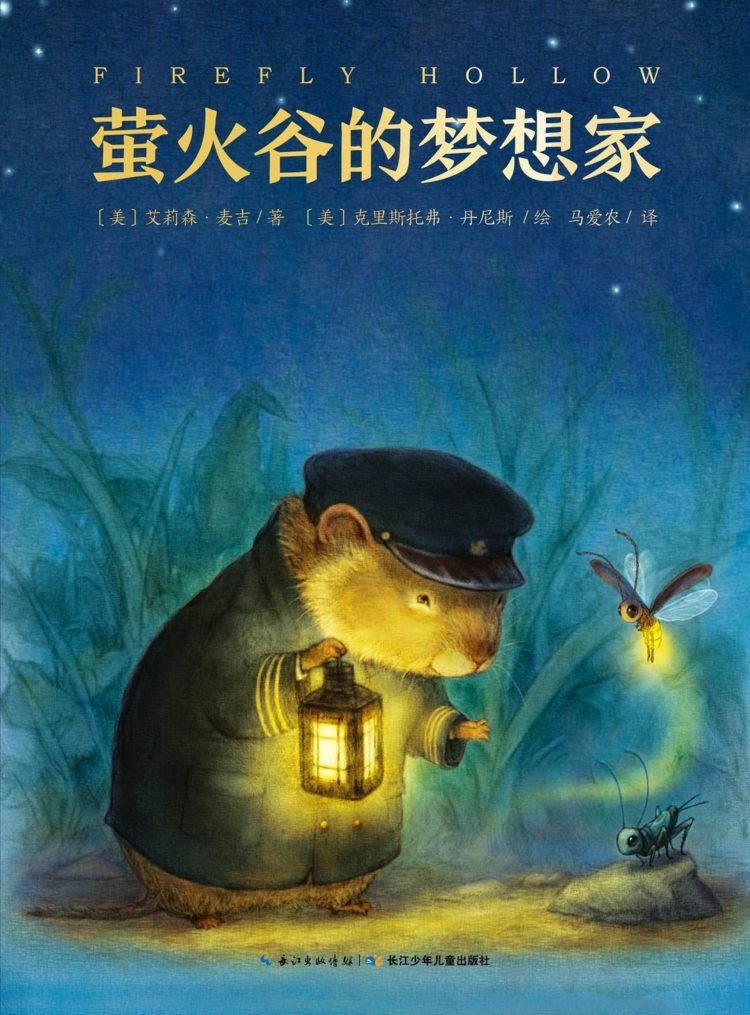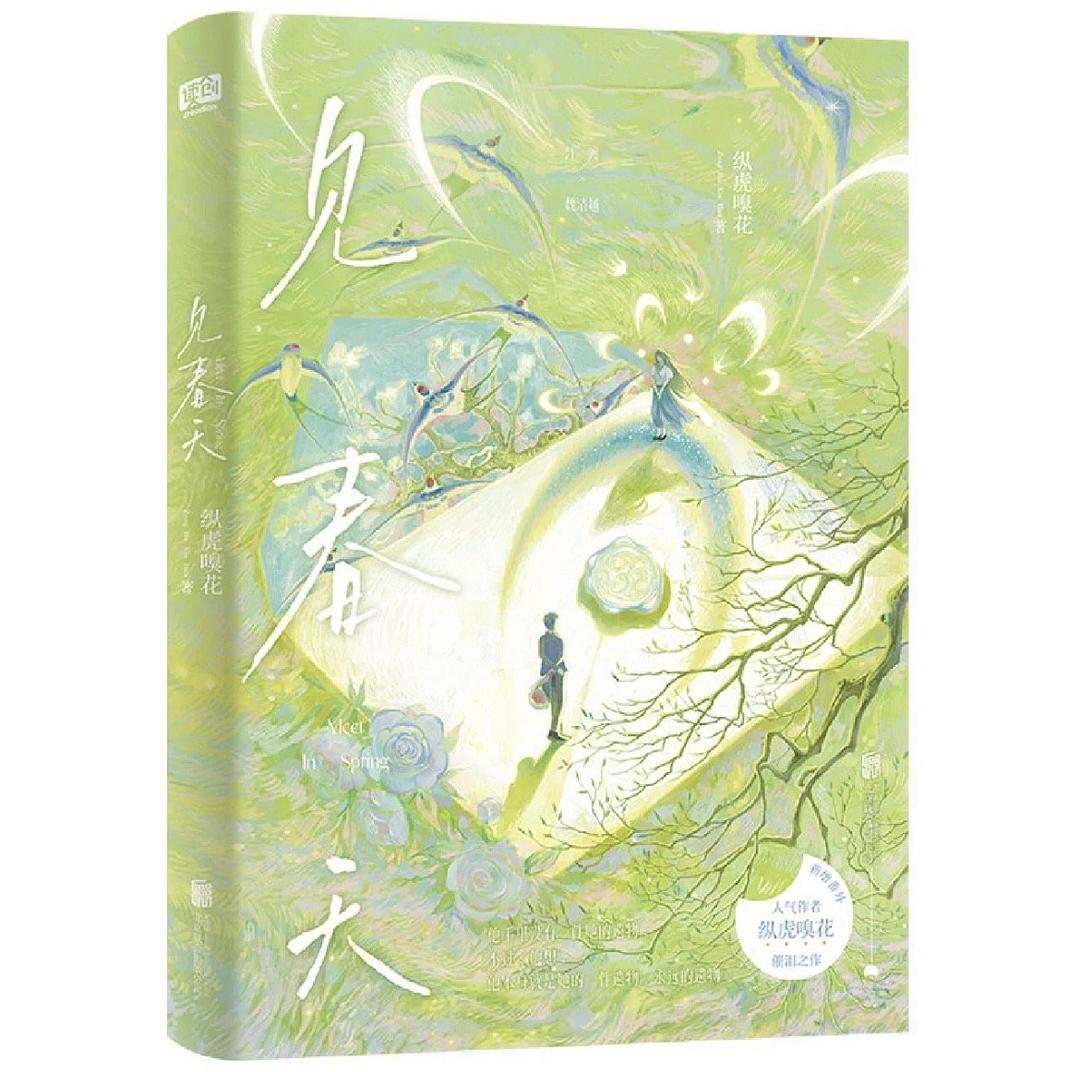
《看不见的岛屿》“隐秘的大陆”:究竟隐藏了什么秘密
书名:看不见的岛屿
1
0

青春派小太阳 2023-06-13 20:33:26
"I grew up looking at maps since I was a child," said the first sentence of the foreword, which touched me deeply. As a child, my family collected all kinds of maps, with the world map and the Chinese map being the most basic, and there were also several versions of city maps. Even tourist attraction maps were objects of my collection, and sometimes I could play with a globe for the whole afternoon.
As I grew older, I always believed that someone without geographical understanding couldnt build a materialist worldview. If even basic concepts such as size, distance, direction, and nationality cannot be discerned, then all knowledge of this world cannot be concretized and realized. Nowadays, one can easily learn about what happens in a faraway country through the Internet, but without fundamental geographical understanding, those are just inaccessible stories. Only by establishing an understanding of the worlds scale can one more profoundly comprehend that these are facts that happened on the same planet.
Returning to this book. This is an exquisite and concise atlas, with only 60,000 words, and can be finished in an afternoon. It describes 50 remote and isolated islands scattered throughout the four oceans. Each island is illustrated with a simple geographical map and accompanied by a short paragraph, sometimes a story, sometimes a legend. In short, these isolated islands, more or less, or painful or itchy, have all had wondrous connections with humanity.
Yes, these islands can only be called isolated after being discovered. Solitude is a unique spiritual realm of humanity, endowing these islands with a unique charm and content.
Of all the short stories associated with the islands, I like the ones where people are stranded on deserted islands the most. For example, the Tromelin Island in the Indian Ocean. In 1760, "LUtile," carrying 120 crew members and 60 slaves, ran aground here and was wrecked. The crew used the remains of the big ship to build a small boat, leaving the slaves on the island, and disappeared ever since. The 60 slaves obtained their freedom, but freedom was only 0.8 square kilometers, and there was not even a tree. Most of the slaves died in the first few months. It was not until later that a passing ship found the survivors on the island, who were seven women and a baby, and it had been fifteen years since they arrived...
There is also the Taongi Atoll located in the center of the Pacific. On a Sunday in 1979, Moreman, who lived in Hawaii, drove a five-meter-long motorboat to the ocean, but never returned, and the search team searched for half a month with no results. It wasnt until ten years later that one of the rescue team members found the wreckage of the motorboat and a makeshift grave made of stones on the dry beach of Taongi Atoll. Forensic identification showed that the remains in the grave were Moremans, but who buried him here is still a mystery.
In addition to these despairing stories, every time I see "uninhabited" in the islands description, I would also breathe a sigh of relief. These isolated and barren places that are cut off from the world exist in the same planet as me. Human civilization has proliferated for thousands of years, yet there are still places where it cannot sow. In this moment, is that faraway place also experiencing heat waves? Are there any life forms besides crabs? How will they survive those long, dark nights accompanied only by the sound of waves hitting the shore?
The lonely Tromelin Island.
相关推荐
萤火谷的梦想家
艾莉森•麦吉出生于1960年,是美国《纽约时报》畅销书作家,同时也是大都会州立大学创意写作课的教授。她的作品被翻译成20多种语言并出版,也曾被提名普利策奖,并获得苏斯博士奖金奖、克里斯托弗图书奖、美国 [美]艾莉森•麦吉/[美]克里斯托弗•丹尼斯/绘 2023-03-27 16:50:25鬼马女神捕1·绝密卧底(上)
腹黑凤凰vs毒舌鸡妖——蓝翎:“小姬,跟我去人界吧!”姬十四:“干吗?让人宰了我做小鸡炖蘑菇吗?”蓝翎:“不啊,让妖怪宰了你做小鸡炖蘑菇更气派。”凤凰蓝翎和鸡妖姬十四生活在无忧无虑的灵界。他们的故乡叫 郝天晓 2023-04-17 00:22:47© 2023-2025 百科书库. All Rights Reserved.












发表评价